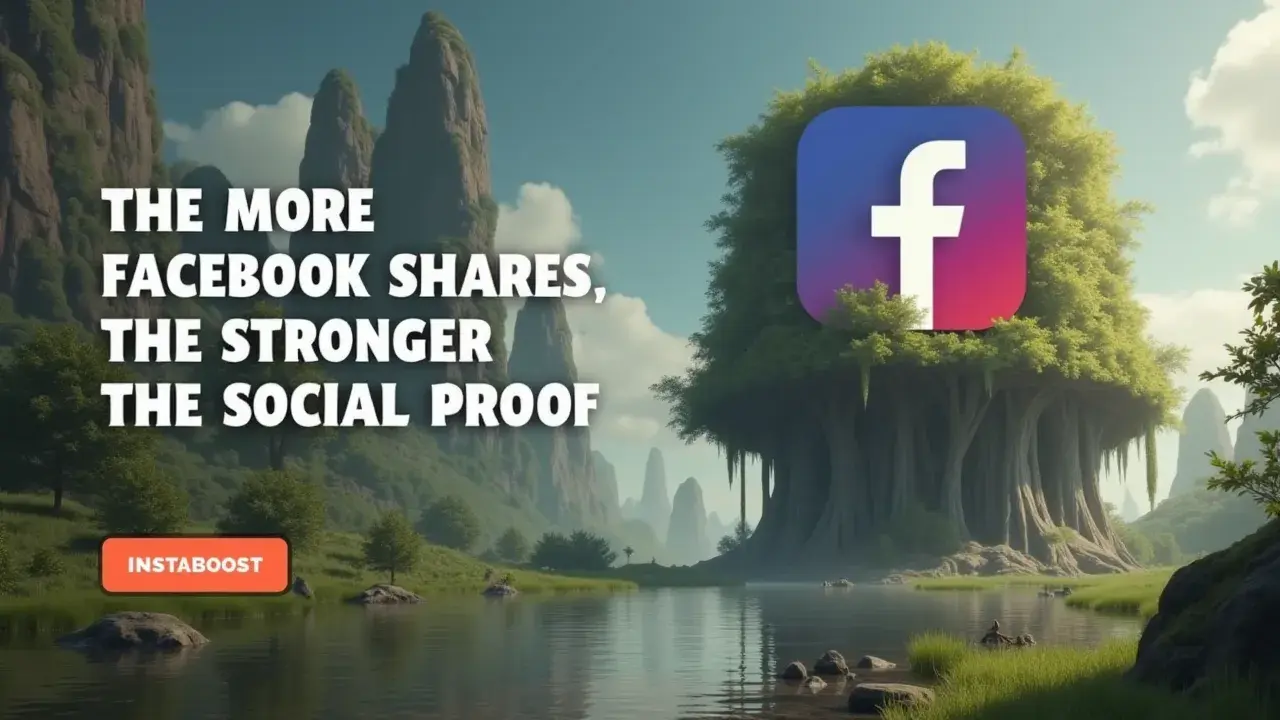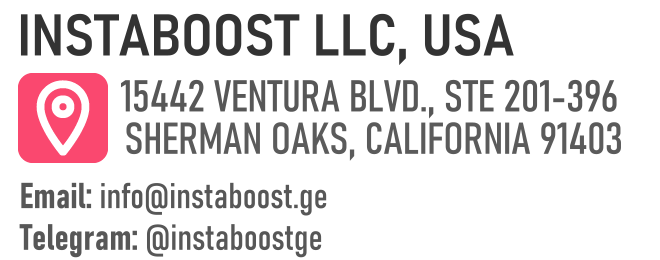Do More Facebook Shares Strengthen Social Proof and Reach?
Higher Facebook share counts can act like a visible endorsement that attracts more attention and engagement. As shares rise, people tend to skim faster, pause longer, and click through with greater intent. Early, consistent conversational comments can spark quick replies, deepen threads, and quietly expand viral reach. Track reach and click-through alongside shares to find the sweet spot and invest where results compound for the best outcomes.
Why Shared Content Feels Instantly More Trustworthy
When you’re scrolling through Facebook and see a post that’s been shared hundreds or even thousands of times, it’s hard not to pay closer attention. That number does something – it makes the post seem more real, like it matters in a way that others might not.
Psychologists actually refer to this as social proof. It’s this tendency most of us have to look to what other people are doing, especially when we’re surrounded by a constant stream of posts and updates. On Facebook, the number of shares ends up being a quick way to judge what might be worth looking at. If so many people have shared something, it feels like there must be a reason for it – maybe it’s interesting, or maybe it’s true.
Psychologists actually refer to this as social proof. It’s this tendency most of us have to look to what other people are doing, especially when we’re surrounded by a constant stream of posts and updates. On Facebook, the number of shares ends up being a quick way to judge what might be worth looking at. If so many people have shared something, it feels like there must be a reason for it – maybe it’s interesting, or maybe it’s true.
Without thinking much about it, we tend to let those numbers nudge us. Shares are even more persuasive than likes or comments, because sharing takes a little more effort. It means someone thought it was important enough to show their own friends.
I remember coming across a guide on how to get more out of your Facebook content, which talked about how these patterns shape what spreads online. This is what lets posts pick up momentum, for better or worse. Sometimes it’s a useful article or a funny video, but it can just as easily be something misleading, and the more times it’s shared, the more it seems to pull people in, shaping what we think deserves our attention.

Why High Share Counts Signal Credibility
For a long stretch, I watched every number Facebook would give me – likes, reactions, even the count of people dropping thumbs-ups in the comments. That was how I figured out what was working. But over time, I started noticing something else.
When a post got shared a lot, it had a different kind of weight. There’s this thing called social proof that kicks in: if you see hundreds or thousands of people have shared something, it starts to feel more trustworthy by default. Most of us don’t really stop to question it – we see that number and assume there’s a good reason for it. It’s the same as checking restaurant reviews before booking a table, or feeling drawn to a book that everyone seems to have on their shelf. What’s different about Facebook is that sharing takes a bit of effort. Someone has to see your post and decide it’s worth passing along.
Even the number of followers on a profile seems to matter, and I remember once stumbling on a service where you could buy Facebook profile followers – the idea being that numbers themselves carry weight. So in a marketing sense, share counts aren’t just there to make the numbers look good. They’re a signal to everyone else that what’s here is worth a closer look. That’s why so many people in marketing, and brands too, put a lot of energy into getting shares. When the share count is high, people tend to stop scrolling and pay attention, and maybe trust a little more. Social proof isn’t loud or obvious, but it shapes how we respond to things online, and on Facebook, nothing really shows that like the number of times something’s been shared. When it comes to building some credibility, that number does a lot of the work.
Turning Share Counts Into a Strategic Advantage
Strategy, when you get down to it, means having a plan you can actually follow. If you want people to notice what you post online, you can’t leave it up to luck. You need to think about how those Facebook shares might become something more than just numbers – how they can show others that your post is worth a look. When a post is shared, it goes further, sure, but it also tells people there’s something here they might trust.
Seeing a lot of shares is almost like a shortcut for people: they see others found value, so they stop and pay attention. Still, chasing shares for the sake of it usually misses the bigger point. What matters is figuring out why people would want to pass your post along, and what makes it feel natural to do so. That might mean noticing which topics people are already talking about, or picking times when your audience tends to scroll through Facebook, or explaining your idea in a way that feels easy to repeat. In some circles, you might even see people purchase Facebook likes for engagement, hoping to spark that initial reaction.
In marketing, this idea is called “shareability,” but at its core it’s about encouraging real engagement, not forcing it. Every time someone shares your post, it makes the post look a little more solid, a little more real, and that can start a chain where more people feel comfortable joining in. The more this happens, the more your post seems trustworthy, and that changes how people respond. Sometimes you see a post take off on Facebook, and it’s easy to think it just happened on its own, but usually, there’s a plan behind it – a quiet attention to what makes people want to share something in the first place.
When Share Counts Become a Mirage
People keep talking about “growth,” but if I’m being honest, a lot of the time it just feels like we’re spinning in place. The more we chase after big share counts on Facebook, the easier it is to confuse that constant activity with something that actually means something. Seeing a post with hundreds or thousands of shares might look good, but what does it really say?
A lot of people share things without reading past the headline, or they just hit the button because it’s easy or familiar. Social signals aren’t meaningless, but they can’t tell the whole story. Sometimes, all that sharing just reflects the same group of people passing around the safest possible ideas, and everyone feeling good about agreeing. I’ve even seen people talk about how simple it is to buy views, which just adds another layer to how we might misread the signals. When we start measuring “success” by those numbers alone, it’s easy to lose sight of whether the post actually started a conversation or challenged anyone’s thinking.
Digital marketing is full of these tempting distractions – metrics that look important but don’t tell us much about real connection. So when something goes viral, I try to take a step back and ask what’s actually happening underneath. Numbers can be useful, but they don’t say much on their own. If we forget that, it’s easy to end up chasing a kind of momentum that looks like progress, even when nothing much has changed.
The Unsettling Power of Numbers
If you felt unsettled reading that, it’s not by accident. Social proof isn’t only about reassurance – it’s also about how we notice what others pay attention to, sometimes before we really look into anything ourselves. For example, when a Facebook post racks up a ton of shares, that number quietly signals to us that the post is worth something, or at least that it matters to a lot of people.
But it’s worth asking what those shares actually represent. Sometimes they’re genuine, but other times, they might come from curiosity, social pressure, or even automated accounts. I’ve come across Facebook repost services that work, which makes you realize just how easily share counts can be influenced behind the scenes. That’s where the effect of those numbers becomes clearer. We end up letting share counts stand in for our own judgment, almost without noticing. When it seems like everyone else finds something valuable, there’s a subtle pull to go along.
Marketers understand this, which is why social proof plays such a big role and why high share counts become a kind of shortcut. Most people don’t stop to question what’s behind the numbers; often, seeing a high count is enough to make us want to join in. If you’re working to build engagement online, it helps to recognize how easily share counts can shape what people pay attention to. Social proof isn’t necessarily a problem, but it’s open to being gamed – and when going viral becomes the main goal, the focus can shift away from the actual content. The higher the number goes, the more convincing it seems, and it gets harder to sort out what’s meaningful and what’s just noise.
The Quiet Mechanics Behind Viral Reach
It’s easy to think that a post goes viral on Facebook just because a lot of people share it, but that’s only part of the story. There’s a shift that happens when people notice something starting to catch on. You can see it in the comments section. Suddenly, there’s more activity: people chime in, sometimes agreeing, sometimes picking a fight, and sometimes just joining the conversation because it’s already busy. That’s what really draws attention. The algorithm notices that people are talking – not just sharing – and it starts to show that post to even more people.
It’s not just about racking up shares; it’s about showing that something’s happening right there, in real time. And what’s interesting is how much those first few comments matter, especially if they’re thoughtful or bold. They don’t just reflect what people think, they actually guide where the conversation goes. It’s sort of like when people buy reactions beyond likes, hoping to spark engagement; but really, it’s the back-and-forth that gives a post its real momentum. If you’re paying attention to how things grow online, that’s worth noticing. Social proof isn’t just the number at the top – it’s the back-and-forth underneath, the way a few comments can make others stop and join in. Sometimes, it’s those small signals that make a post take off, even when everything else stays quiet.
Real-World Results Trump Best Practices
We stopped worrying about all the usual advice and wanted to see what actually mattered. Rather than trying to follow every trending tip or stick to a rigid posting schedule, we tried something straightforward: we made it easier for people to notice that others were already interested. When we started showing Facebook share counts on our posts – even when those numbers were pretty modest – it changed what happened next. People who might have ignored the post before would slow down and sometimes join in, probably because they could see someone else already had. Every time the share count ticked up, the post seemed to become more believable, even before anyone actually read it.
This wasn’t a guess. We watched engagement go up with our own eyes. Social proof here wasn’t a fancy marketing idea – it really did get more people involved. Whether we were posting about a brand or just sharing an everyday thought, seeing a few shares made everything seem a little more solid to whoever came across it, and sometimes we’d look up tools to grow Facebook effectively just to see what else might help.
Ignoring the usual playbook and making engagement visible gave us real results. It was clear in the numbers: posts with higher share counts performed better, regardless of how clever or unique the post actually was. If you’re trying to build trust or reach on Facebook, it might not be about sticking to every standard rule. Just letting people see that others are sharing can quietly move things along in the right direction.















